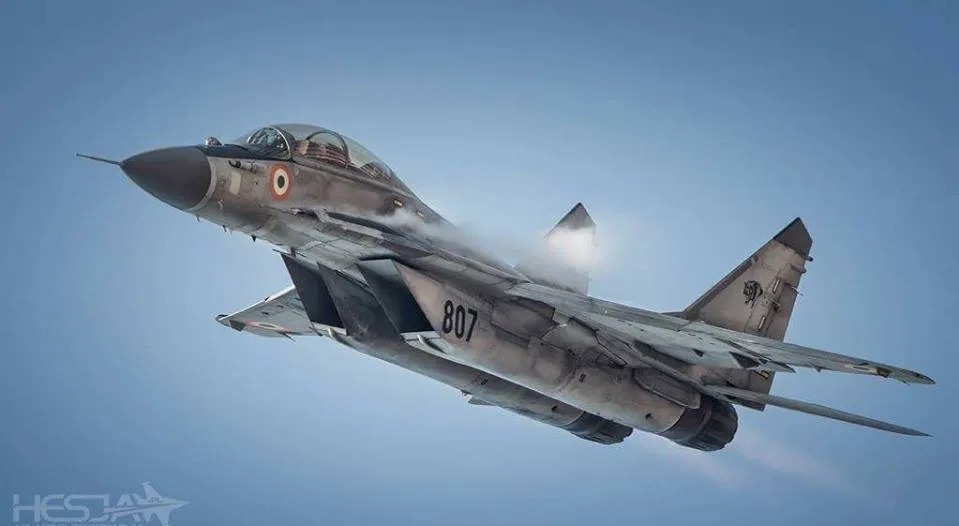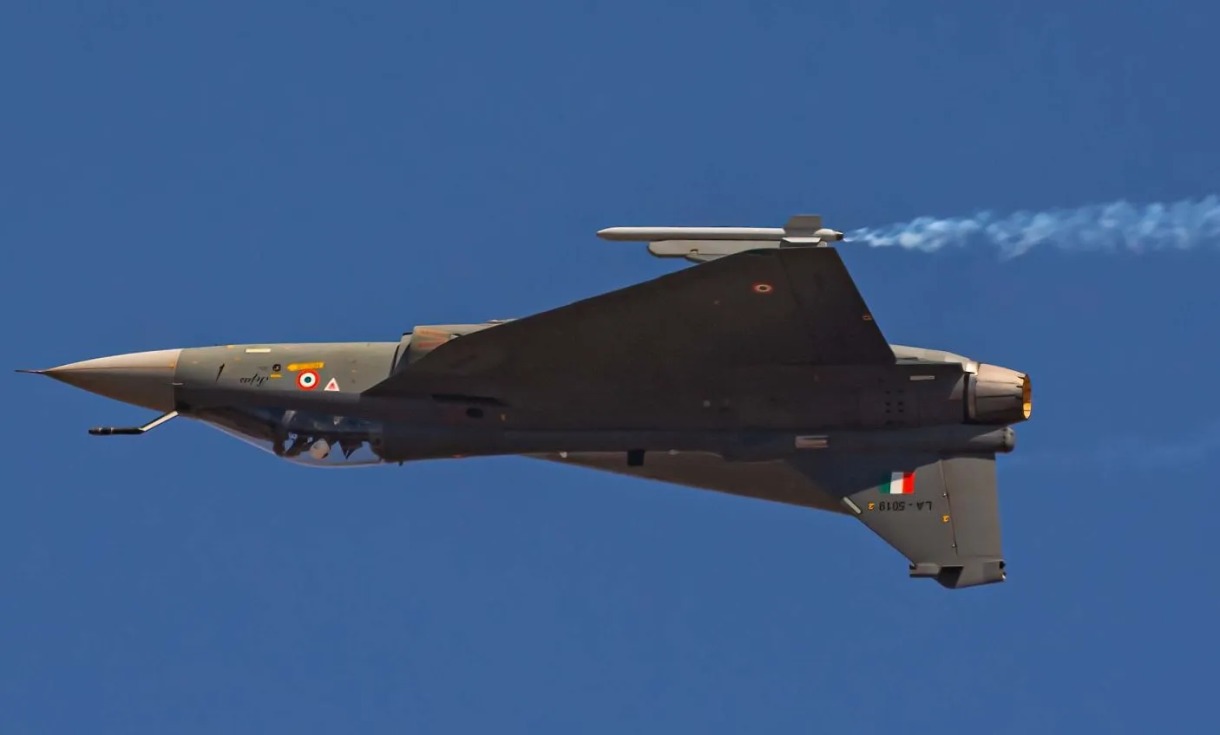Air Chief Marshal Amar Preet Singh took over the command of the Indian Air Force (IAF) on September 30. The flamboyant officer with over 5,000 hours of flying experience made headlines in July as he contended that ‘Atma Nirbharta’ can’t come at the cost of national defense.
Air Chief Marshal Singh’s statement came as the IAF’s squadron strength was down to 32 squadrons from a sanctioned strength of 42. The force’s last import was 36 Rafale fighter jets, which were reduced from the originally planned acquisition of 126 jets.
“Atma Nirbharta (Self Reliance) can’t be achieved at the cost of our national security. The rate at which our adversaries are building their numbers while imbibing new technologies, the capability gap is continuously growing,” the then Vice Chief of the Air Staff Singh said. He suggested that the Defence Research and Development Organisation (DRDO) tope in private players to bridge this gap.
The IAF had already placed orders for indigenous LCA Mk1A, but the delivery has been pushed back owing to the delay in the supply of engines from the US. This comes as the force continues to retire its Soviet-vintage MiG-21 fighter jets. The retirement of the last two MiG-21 bis squadrons is planned for 2025.
The IAF’s plans to acquire 116 Medium Role Fighter Aircraft (MRFA) has also been in limbo for long. MRFA is seen as the Medium Multi-Role Combat Aircraft (MMRCA) deal re-incarnated. Despite the IAF pushing hard for it, the Indian government, emphasizing “Made in India,” has not budged about purchasing 114 fighter jets from foreign manufacturers at an estimated US$20 billion.
His predecessor Air Chief Marshal Vivek Ram Chaudhary (retired) has also contended that the force is looking forward to inducting six squadrons under MRFA as it awaits LCA Mk1A, LCA Mk2, and Advanced Medium Combat Aircraft (AMCA).
Air Chief Marshal Singh’s plain speech has won him many accolades. Incidentally, Air Chief Marshal Singh, himself a qualified test pilot, was the Project Director (Flight Test) at the National Flight Test Centre, where he tested the Light Combat Aircraft ‘Tejas.’
AfriPrime App link: FREE to download...
During the multinational air wargames that the IAF hosted, the force’s Chief, in his swashbuckler style, piloted the indigenous fighter jet and intercepted the German Air Force’s Eurofighter Typhoon flown by German Air Force Chief Lt Gen Ingo Gerhartz.
Talking about the challenges facing the new IAF Chief, the Director of Centre for Air Power Studies (CAPS) Air Marshal Anil Golani told the EurAsian Times: “I think the main challenges are production and delivery of Tejas Mk1A, aero-engine design and development and indigenous weapons.”
The first LCA Mk1A was to be delivered to the IAF by the end of March; however, hurdles in engine delivery from the US have stalled the delivery.
Meanwhile, China has stationed J-10 fighter jets, along with six J-20s, at the Chinese Shigatse Airbase, less than 300 kilometers from Hasimara Air Base in West Bengal, where the Rafale fighter jets are located. India, unlike China, does not have a fifth-generation aircraft in its arsenal. Pakistan has also inducted and deployed a single-engine multi-role fighter J-10 ‘Vigorous Dragon’ specifically to counter the French Rafales that the IAF.
In short, Indian air power needs an immediate boost to match the collective capability of its two neighbors.
During his nearly 40-year service, the Air Chief Marshal led the MiG-29 Upgrade Project Management Team in Moscow, Russia. The Russian fighter jet is also due for another upgrade, and it remains to be seen if the force will proceed with the upgrade or retire these fighters as planned.

Engines To Give Thrust To India’s Aviation Dreams
Engines have been a bane for Indian aircraft development. After repeated attempts to get an indigenous engine to provide enough thrust for LCA, India is partnering with other countries.
In June 2022, during Modi’s official visit to the United States, American jet engine maker General Electric announced in a media statement that GE Aerospace has signed a Memorandum of Understanding (MOU) with Hindustan Aeronautics Limited (HAL) to produce fighter jet engines for the Indian Air Force.
India has already decided that its Tejas LCA Mk2 aircraft will be fitted with the GE F414 jet engine, and so will its LCA Mk1A, of which the HAL will produce 180 aircraft in Bangalore. The GE F404 jet engines power the LCA Mk1 jets, 40 of which have already been inducted into the Indian Air Force and are operationally deployed in two squadrons.

The agreement with GE includes the potential joint production of F414 engines in India. Eight F414 engines have been delivered as part of an ongoing development program for LCA Mk2. “The latest agreement will advance GE Aerospace’s earlier commitment to build 99 engines for the Indian Air Force as part of the LCA Mk2 program.”
GE began working with the Aeronautical Development Agency and HAL in 1986 to support the development of India’s Light Combat Aircraft (LCA) with F404 engines. Subsequently, GE Aerospace’s F404 and F414 have been part of the development and production programs of LCA Mk1 and LCA Mk2. GE has delivered 75 F404 engines; another 99 are on order for LCA Mk1A.
As the LCA Mk1A deliveries are marred by the delay in the GE engine deliveries, India is also working with French jet engine maker Safran is ready for 100% technology transfer of a jet engine to India for powering the latter’s fifth-generation stealth fighter aircraft AMCA.
AfriPrime App link: FREE to download...


